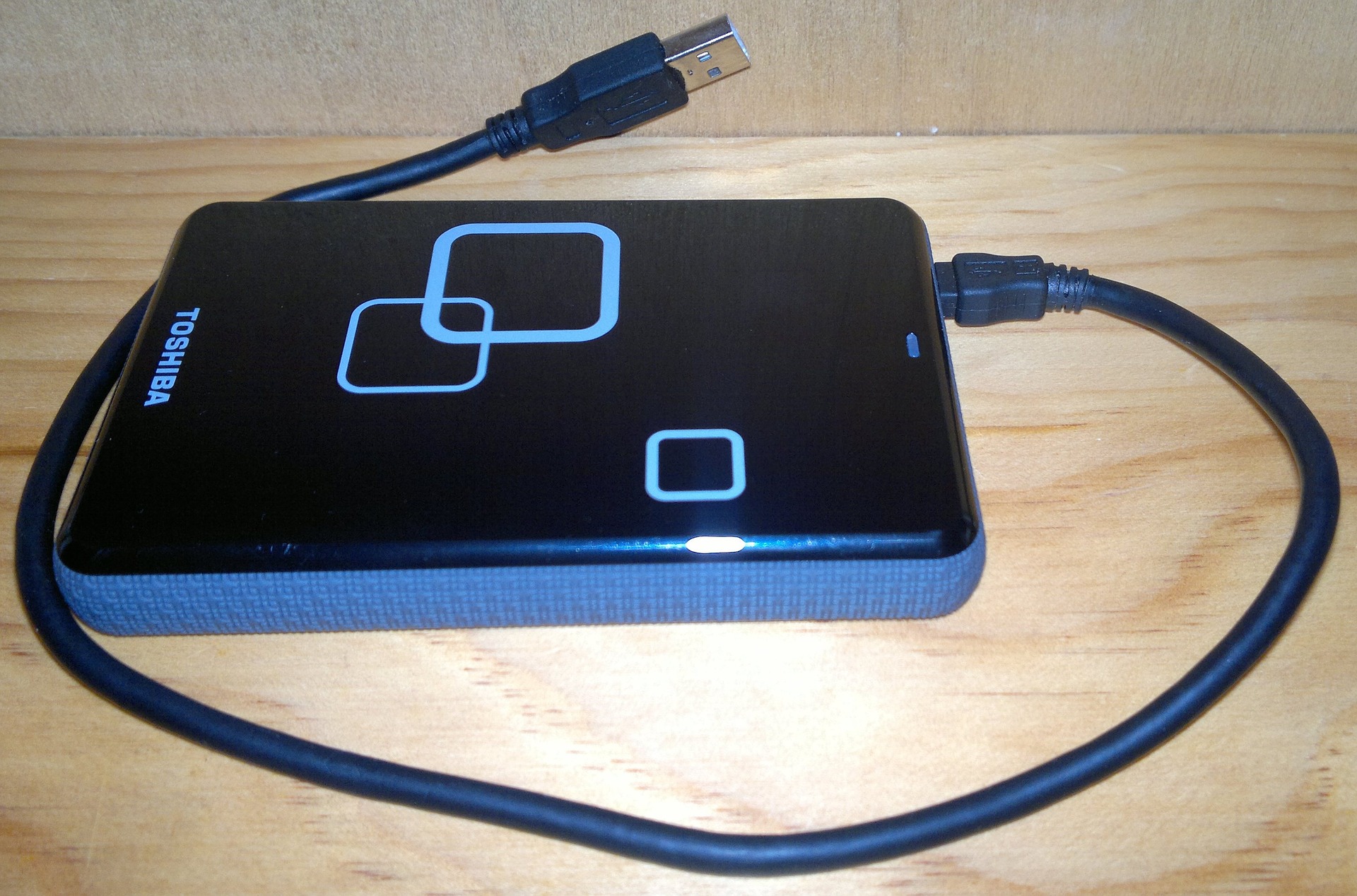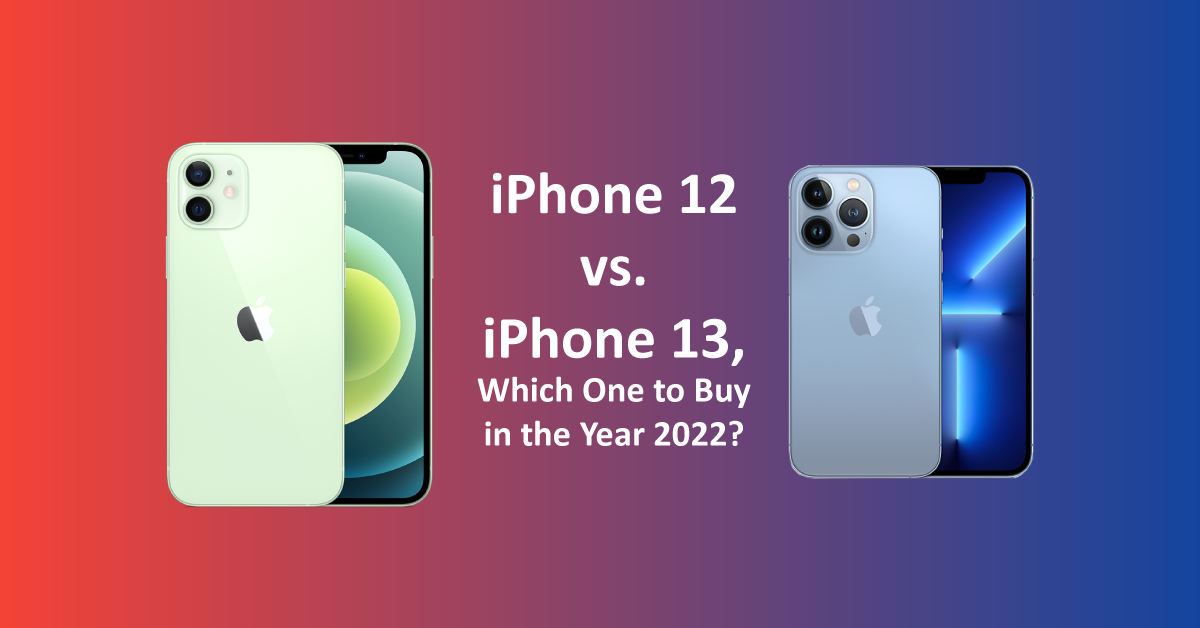3 Essential Security Strategies to Protect your Hybrid Workforce
August 1, 2022

The workplace and its landscape have been constantly evolving since the pandemic, and many companies have allowed or encouraged parts of their business to continue through remote work. The option has been kept open, partly because remote work seems to bring greater productivity to some fields, and also because the unpredictability of the pandemic’s strains and nature makes it necessary. However, a mobile workforce has amplified security risks for company cyber setups. Home-based users working on multiple devices, both Androids, and computers, with a combination of cloud data and apps has significantly increased the number of security loopholes and gateways that cyber threats need to gain access to a network.
A recent survey showed that 82% of companies plan on offering a work-from-home option partially, and this brings businesses to face to face with the challenge of providing quality access and consistency while keeping their network connections secure with integrated policies across employees and devices. Sensitive data also stands at a substantially higher risk when remote work is in place and can cause major liability for businesses in case of even a small breach.
To combat these issues, security architectures, and frameworks, including zero-trust, secure access service edge (SASE), and extended detection and response (XDR), are gaining popularity in the professional world. All of these tech strategies have the same objectives but are implemented in a different manner. They range from something as simple as a WhatsApp spy app to a whole technological monitoring arsenal.
Zero Trust:
The Zero Trust strategy functions on the principle of “least privilege”, equally, building upon the rule that no one user or device should be trusted inherently and completely, and equal inspection should be in place for all level traffic. In an approach using zero trust, identity and device health authentication are required each time access is required. Users would be given access to information and areas only specific to their jobs or tasks, in contrast to an entire network section. Cloud-hosted apps would involve the direct connection of employees to apps, without having to cross through the company network.
For some industries, invoking Zero Trust completely, may not be feasible considering network structure or company mandate, and could be implemented in parts. Data Loss Prevention (DLP), multifactor authorization, and Identity and Access Management (IAM) are all fragments of zero trust, successfully brought into practice by some corporations. Businesses could also benefit substantially by starting the strategy in steps, such as identifying high priority or sensitive data, mapping out its potential and likely routes, and detecting opportunities for exploits.
Not only can zero trust minimize cyber threats, in the event of an attack, it can also help pinpoint the location and cause of the break.
Secure Access Service Edge (SASE):
Still an emerging technology, SASE is a promising security technique for the modern workforce, and will likely be in place in many companies by 2022. SASE combines software-rooted networking with vast security utilities to secure the modern cloud-based environment and hybrid workforce. It follows four key principles:
- The concentration point of the network won’t be the data center.
- Access will not be granted by location but by identity verification( Zero Trust).
- Worldwide points of presence(PoPs) will be made essential to support a dispersed workforce.
- Businesses will aim to merge network and security providers.
SASE, in the application, is customizable and anything but standard so would vary ultimately across each business and infrastructure. It can be completely outsourced or stacked on top of a company’s existing security framework. MSPs or Managed Service Providers are an excellent option for industries that lack cyber skills. Creating a map of future network and security adjustment planning can help businesses take the first step toward SASE and can boost productivity, decrease security risks and streamline management.
XDR:
Late or confused responses to security warnings are a surmounting problem for businesses, and a recent survey discovered that 75% of security experts spent more time responding to false positive alerts than they did addressing actual incidents. To overcome “security alert fatigue”, many companies are turning towards XDR (Extended Detection and Response), which mitigates the potentially damaging delays in addressing cyber exploits. XDR oversees threat recognition from the endpoint to the cloud, ensuring clear observation of threats in real-time.
XDR is an absolute security necessity now, more than ever, due to a hybrid or widely distributed (even globally) workforce, which has resulted in infinitely more endpoints. It can be implemented on levels, or entirely, depending on the security priorities of an individual company. For instance, some may implement XDR only on network areas accessible to remote employees, while others may wish to use it to secure classified or private data.
All these security technologies can help businesses take on the challenges of increasing cyber threats in a growing and more diverse environment. They can be applied to work together or individually, to ensure that employees can work easily and profitably, without jeopardizing company data safety. Something that can’t be ensured just through a WhatsApp spy app.
Are you interested in secretly viewing remote work?
The TheOneSpy WhatsApp spy app is an easy solution for remote work. It designs to simplify your problem with your company’s remote workers. You can install and get the benefit of viewing their complete information by using different features like WhatsApp spy. After using this, you are free about your employees’ work productivity and enable to check their performance in real-time. In short, it minimizes your problem and helps to find the best employees.
Conclusion
This article helps you to find the best way to get the best path toward the security of a hybrid workforce. Here we mention the top three ways that allow you to secure your data. But you have to use the WhatsApp spy app to ensure your work. It can easily apply to working staff to get all about them.











